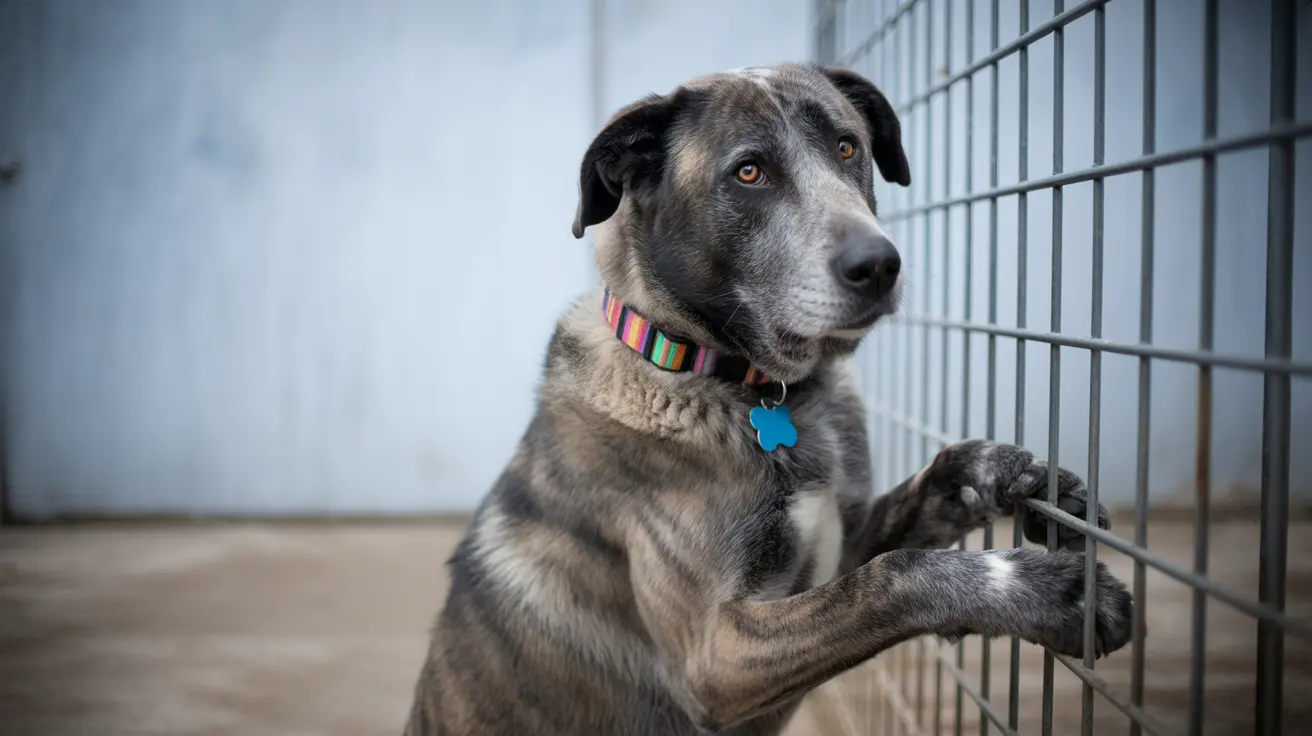Can Dogs Eat Raw Chicken? Risks, Benefits, and Expert Guidance
Many pet owners have wondered if it's safe for their dogs to eat raw chicken. While some believe a raw diet mimics what wild canines once ate, others worry about the real dangers lurking in uncooked poultry. Let's dig into what experts and animal health organizations say about feeding raw chicken to dogs.
The Controversy: Raw Diets vs. Safety Concerns
There's a heated debate among dog owners and professionals about whether a raw diet is beneficial or risky. Proponents argue that healthy adult dogs have digestive systems more acidic than humans, which might help suppress some pathogens found in raw meat. They believe a diet closer to what wolves consumed in the wild could be more natural for today's pets.
However, domesticated dogs aren't identical to their wild ancestors. Over thousands of years, their biology has changed, and so have the risks they face—especially when it comes to food safety.
Main Risks of Feeding Dogs Raw Chicken
- Bacterial Infections: Raw chicken can harbor dangerous bacteria such as Salmonella, Campylobacter, and Listeria. These pathogens can cause food poisoning in both dogs and humans who come into contact with contaminated surfaces or feces.
- Parasitic Infections: Parasites sometimes found in raw meat can infect your dog and potentially spread to people.
- Nutritional Deficiencies: Feeding only muscle meat like chicken breast doesn't provide all the nutrients a dog needs. A complete canine diet requires balanced protein, fats, vitamins, minerals, organ meats, and calcium.
- Bones: Raw chicken bones may splinter or pose choking hazards. Cooked bones are even more dangerous because they're brittle and more likely to break into sharp pieces.
What Animal Health Organizations Advise
The FDA and American Veterinary Medical Association strongly caution against feeding raw diets due to food safety risks. Dogs eating raw or undercooked chicken may not show symptoms but can still shed bacteria like Salmonella or Campylobacter—putting other pets and people at risk.
Symptoms of Foodborne Illness in Dogs
- Vomiting
- Diarrhea (sometimes bloody)
- Lethargy
- Loss of appetite
- Fever
- Dehydration
If your dog shows any of these signs after eating raw chicken, contact your veterinarian immediately. Symptoms often appear within a week of exposure.
A Rare But Serious Risk: Polyradiculoneuritis (APN)
A less common but severe risk is polyradiculoneuritis (APN), a nerve disorder similar to Guillain-Barre Syndrome in humans. This condition has been linked to Campylobacter infections from raw chicken and can cause limb weakness with a long recovery period.
Puppies, Seniors, and Immunocompromised Dogs Are Most Vulnerable
Puppies, elderly dogs, or those with weakened immune systems face higher risks from eating raw meat. Their bodies are less able to fight off infections or recover from illness caused by bacteria or parasites.
If You Choose to Feed Raw Chicken: How to Reduce Risks
- Consult your veterinarian before making any dietary changes.
- Select human-grade meat from reputable sources; keep it frozen until use.
- Thaw only in the refrigerator—never at room temperature.
- Clean all surfaces, utensils, and bowls thoroughly after preparing meals.
- Wash your hands immediately after handling raw meat.
- Avoid cooked bones; supervise if offering appropriately sized raw bones designed for dogs.
If you save leftovers, don't keep them past 24 hours in the fridge. Always prioritize hygiene for both your dog's health and your family's safety.
Nutritional Balance Matters More Than Just Protein Source
A healthy canine diet isn't just about protein; it must include fats, vitamins, minerals, organ meats (like liver), and calcium (often from bone). Feeding only chicken muscle meat—even if it's high-quality—can lead to deficiencies over time. Commercially prepared raw foods sometimes use high-pressure processing (HPP) to reduce pathogens while providing balanced nutrition formulated for dogs' needs.
The Role of Commercial Diets vs. Home-Prepared Meals
If you're committed to feeding a raw diet but want added safety measures, look for commercial products that have undergone pathogen-reduction processes like HPP. These diets are typically designed by experts to meet nutritional requirements more reliably than home-prepared meals—and they follow stricter safety protocols during production and packaging.
Cooked Chicken: A Safer Alternative?
Cooked, unseasoned chicken is generally safe for most dogs (unless they're allergic). It's an excellent source of lean protein when served plain without spices or marinades—and always without cooked bones due to splintering risks. If you want your pet to enjoy chicken's benefits without the dangers of bacterial infection or nutritional imbalance, cooked options are the way to go.
The Bottom Line: Weighing Benefits Against Documented Risks
The debate over feeding dogs raw chicken continues among owners and experts alike. While some report no issues when using human-grade meat with careful hygiene practices, documented risks remain—especially concerning foodborne illness and dietary imbalances. If you're considering this path for your dog, consult with your veterinarian first and follow strict food safety guidelines every step of the way.





